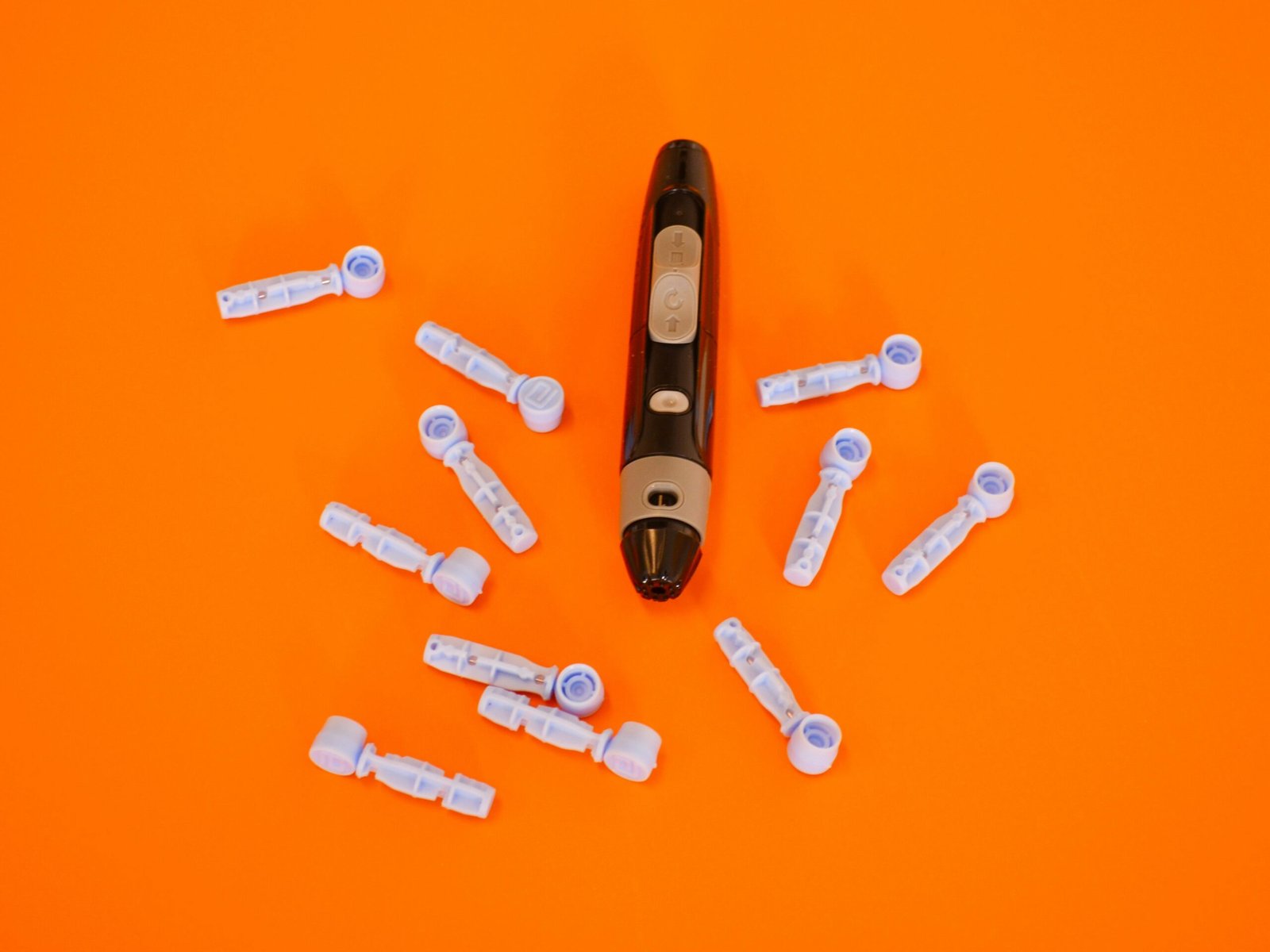Overview of the Self-Monitoring Blood Glucose Devices Market
The self-monitoring blood glucose devices market in the United States plays a crucial role in the management of diabetes, a chronic condition affecting millions of Americans. These devices enable individuals with diabetes to monitor their blood sugar levels effectively, providing essential data that facilitates timely adjustments in their treatment plans. The primary purpose of self-monitoring blood glucose (SMBG) devices is to empower patients, offering them the tools necessary to track their glucose levels closely, thus improving overall diabetes management and reducing the risk of complications.
The current landscape of the SMBG market is characterized by continuous innovation and development of advanced technologies that enhance usability and accuracy. Notably, the market includes a wide range of products, including traditional fingerstick devices, continuous glucose monitoring systems, and smartphone-compatible glucometers. According to recent statistics, the self-monitoring blood glucose devices market in the United States is projected to experience significant growth during the forecast period from 2024 to 2032. The increasing prevalence of diabetes, which has reached alarming rates, serves as a major driver for the demand for these devices. The American Diabetes Association reports that approximately 34.2 million Americans were living with diabetes in 2020, highlighting the urgent need for effective monitoring solutions.
The major players in the SMBG market continue to invest in research and development to enhance their product offerings. Key companies, such as Abbott Laboratories, Roche, and Dexcom, are at the forefront of this competitive market. Their initiatives aim to provide more accessible, user-friendly, and reliable blood glucose monitoring solutions that cater to the diverse needs of patients. As the market evolves, the integration of digital health technologies and data analytics into SMBG devices is expected to further enhance their efficacy and utility, contributing to improved diabetes management outcomes.
Market Trends and Drivers
The United States self-monitoring blood glucose devices market is experiencing notable transformations driven by various trends and consumer preferences. A significant shift is observed towards technologically advanced glucose monitoring systems, particularly continuous glucose monitors (CGMs). These devices offer enhanced accuracy and convenience, allowing patients to track their glucose levels in real-time without the need for frequent finger-pricking. This technological advancement not only improves the quality of life for diabetes patients but also promotes better management of their condition.
In addition to technological progress, the integration of devices with smartphones has become a major trend. Many self-monitoring blood glucose systems now feature applications that allow users to store and analyze their glucose data. This digital integration enables individuals to share their health information with healthcare providers seamlessly, fostering a collaborative approach to diabetes management. As consumers increasingly rely on mobile health solutions, the demand for such user-friendly systems is anticipated to grow.
Consumer behavior is also shifting towards a greater emphasis on health awareness. As individuals become more informed about diabetes and its implications, there is a rising demand for efficient monitoring solutions. Patients are proactively seeking out self-monitoring devices that not only provide accurate readings but also offer insights into their health. Telemedicine has further influenced this trend, providing patients with remote access to healthcare professionals, thereby enhancing their engagement in managing diabetes.
Moreover, regulatory changes and government initiatives aimed at improving diabetes care serve as significant drivers for the market. As policies evolve to better support diabetes management, manufacturers are encouraged to innovate and offer comprehensive solutions. This evolving regulatory landscape ensures that patients have access to the latest advancements in glucose monitoring technology, ultimately contributing to the projected growth of the self-monitoring blood glucose devices market in the coming years.
Market Challenges and Opportunities
The self-monitoring blood glucose devices market in the United States is confronted with several challenges that impact its growth and accessibility. One significant challenge is the high cost associated with these devices. Many potential users find the prices of self-monitoring devices prohibitive, particularly those without sufficient insurance coverage. This lack of financial support results in decreased adoption rates among individuals who may benefit the most from these monitoring systems. Additionally, the inconsistency in insurance coverage for diabetes management devices further exacerbates this issue, hindering access and equity in healthcare.
Technological barriers also pose a challenge to the market. Despite advancements in diabetes technology, some devices lack the desired accuracy and reliability, prompting skepticism among consumers. To address these concerns, manufacturers must prioritize the development and enhancement of device functionalities. This necessity opens the door for opportunities, particularly through potential partnerships with technology companies specializing in data analytics and software development. Collaborations could lead to innovative solutions that not only enhance the accuracy of blood glucose readings but also provide consumers with real-time feedback and insights into their health.
Additionally, the integration of emerging technologies like artificial intelligence and machine learning presents a significant opportunity for growth within the self-monitoring blood glucose devices market. These technologies have the potential to revolutionize diabetes management by delivering personalized insights and predictive analysis, ultimately fostering better health outcomes. Furthermore, the continuous adoption of personalized healthcare approaches presents an opportunity for companies to engage users more effectively, tailoring devices to meet individual needs. Overall, while challenges exist, the evolving landscape offers ample avenues for innovation and expansion in the self-monitoring blood glucose devices market.
Forecast and Future Outlook (2024 – 2032)
The self-monitoring blood glucose devices market is poised for significant growth from 2024 to 2032, driven by increasing diabetes prevalence and rising awareness about effective diabetes management. Current trends indicate a steady upward trajectory in market size as advancements in technology provide patients with more accurate and user-friendly devices. By 2024, it is projected that the market will experience accelerated growth, reaching a valuation that reflects both the demand for better patient outcomes and the integration of innovative solutions.
Technological advancements are expected to play a crucial role in shaping the future landscape of self-monitoring blood glucose devices. Innovations such as continuous glucose monitoring systems, integration with smartphone applications, and data analytics will enhance patient engagement and empower individuals to manage their health proactively. These developments will likely lead to improved glycemic control and reduced long-term complications associated with diabetes.
Moreover, regulatory changes may also impact the market, as agencies continue to evaluate and streamline the approval processes for new medical devices. This environment may foster a more rapid introduction of innovations, making advanced self-monitoring devices more accessible to patients. However, stakeholders must navigate potential challenges, including reimbursement policies and the need for robust clinical data to support new product claims.
The future of diabetes management is intrinsically linked to the increasing role of self-monitoring devices. As patients increasingly seek personalized healthcare solutions, there will be a demand for tools that cater to their individual needs. Continuous innovation will be essential to address these evolving needs, ensuring that self-monitoring devices remain effective and relevant in managing diabetes. In conclusion, the self-monitoring blood glucose devices market from 2024 to 2032 holds a promising outlook, albeit with challenges that demand strategic attention from industry players.
Do you require information about a particular country, market niche, geographic area, or specific company information? Click a following links for more details https://bit.ly/4hEwmwb












[…] there are two categories of market research methodologies: qualitative and quantitative. Through open-ended inquiries and discussions, […]